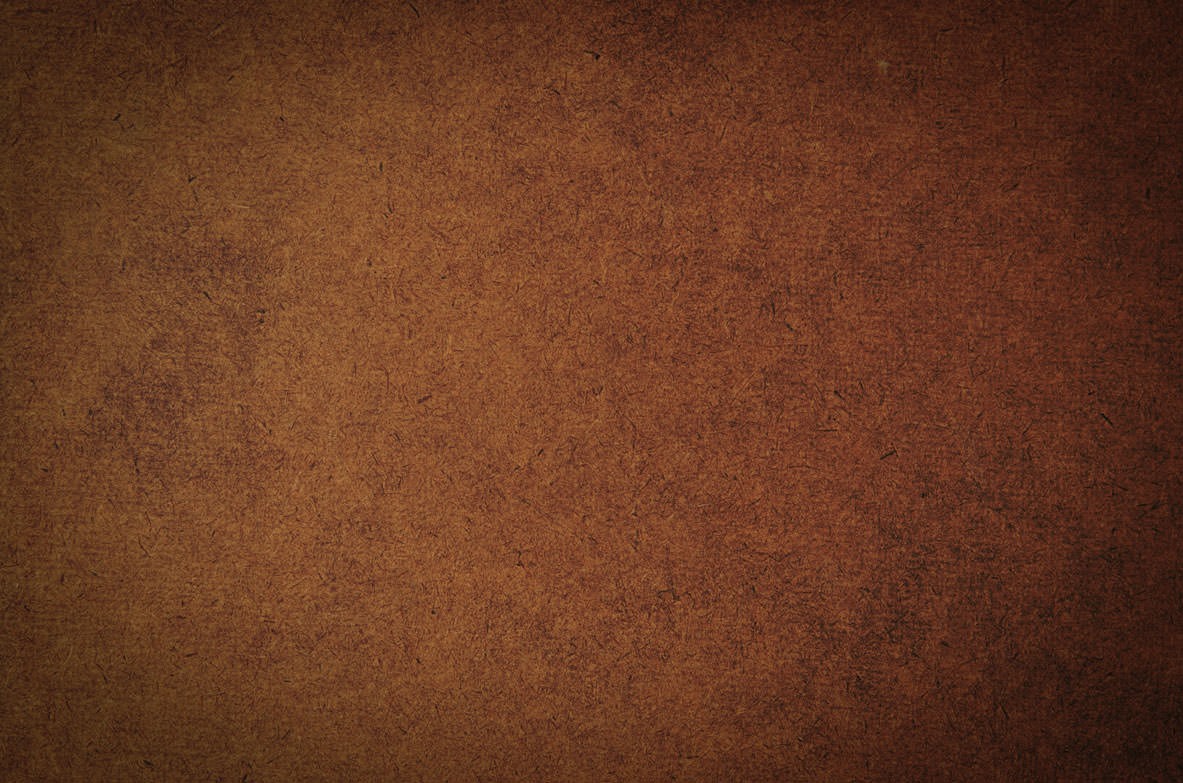

yesilay.org.tr
21
YEŞiLAY
•
SPRING 2015
aware of it or not. Psychologist Zeynep Sevili,
who is specialized in depression and anxiety,
explains the notion of being addicted as such:
“One might be suspected of being addicted to
social media if he is mentally engaged in internet
and social media to an excessive degree, his
mood changes while actively using social media
(feeling guilty, unhappy or hopeless), suffers
from symptoms of deprivation (unpleasant
emotional and physical symptoms) when he
does not have access to internet or social
media, his attempts to give up or decrease
using social media fail; and most importantly,
his family and social relations and school or
professional life are negatively affected by
internet/social media use.”
Nothing is actually missing out
Yalçın Pembecioğlu, the founder of
communication trends site Bigumigu, says it is
a generational condition. “The new generation
does not suffer from this problem as much as
we do because in the midst of this huge flow,
they understood this very well: Important
information already meets you in your feed.
I think this is the most effective remedy to
FOMO. You actually do not miss anything, what
really matters for you is what you see when you
look at it. We often share an example with our
clients whomwe provide consulting services:
real time social media applications. Thanks to
those applications, the contents are deleted
automatically in a short while after being
shared. You see and laugh at a funny material
your friend shared yesterday and it passes by.
You cannot turn back and look again since it is
unnecessary and now it is time to focus on what
is happening today.”
MOST ADDICTIVE SOCIAL MEDIA PLATFORMS
■
■
■
■
Youtube
■
Google maps
■
Foursquare
■
■
Pandora
■
Vine
■
Clash of Clans
■
Candy Crush
■
SnapChat
■
Zoosk
■
■
Zite
■
Spotify
■
Evernote
■
InstaMessage
FOMO IN NUMBERS
JWT conducted a research in May 2011 on about
1200
active
social media users between the ages of
11
and
55.
The results
are as follows:
FoMO is mostly seen among
15-24
and
25-34
age groups.
12-17
age group has the feeling of missing fun by
48
percent; it
is also the most anxious age group by 47 percent.
26
percent of the adults in the age groups of
34-48
and
48-67
feel excluded. The ones feeling most insecure are from
18
-
34
age group by
42
percent.
One of the positive aspects of FOMO is, it motivates one to
obtain more information with the feeling of missing out. Although
women are known to be more jealous, FOMO is seen more often
among men.
40
percent of the users in
12-67
age group thinks that social
media triggers their anxiety to miss out something.
38
percent of the men and
26
percent of the women think
that they do nothing while their acquaintances are busy with
something.
26
percent of the men and
13
percent of the women think they
cannot buy something their friends or peers could buy.
31
percent of the men and
20
percent of the women think the
things they decided to make are already thought or done before.
8
out of
10
people think that people are boasting about
themselves and showing off their actions on social media.
Nearly half of the users in the
13-19
age group get sad when
they see on social media the things that they cannot do are done
by their friends.
Nearly half of the users think that their fears of missing out or
falling behind the latest developments are triggered by social
media.

















